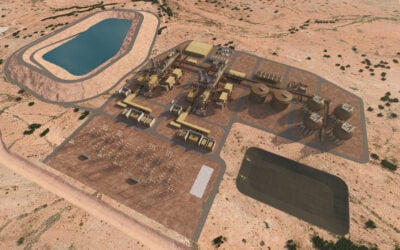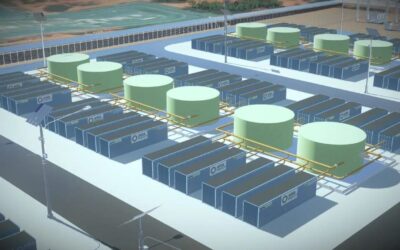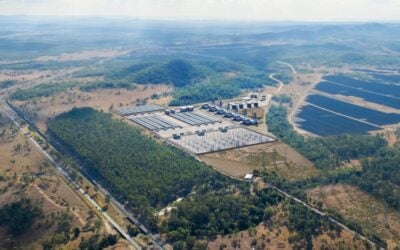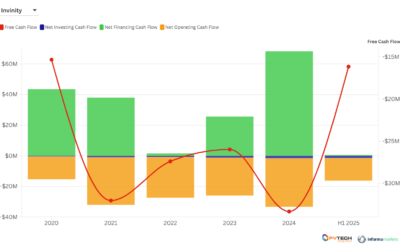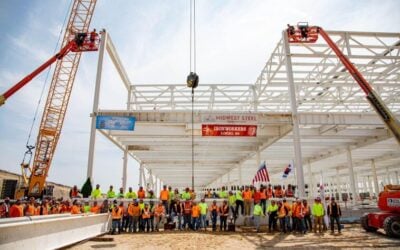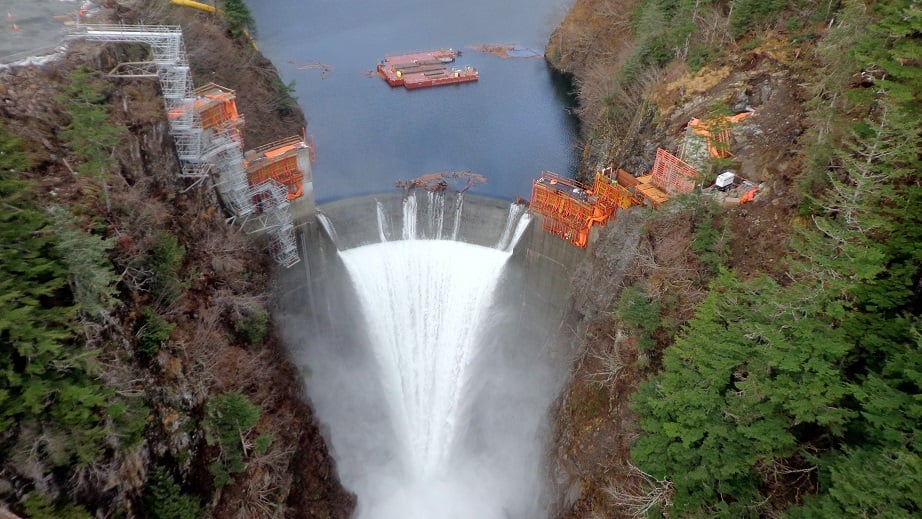
Research from the US Department of Energy (DOE) has identified 1,800 sites in the state of Alaska that could be suitable for new pumped hydro energy storage (PHES) systems, which could have a storage capacity of 4TWh.
Researchers at the Argonne National Laboratory and the National Renewable Energy Laboratory (NREL), both of which operate under the DOE, used a modelling programme to complete the study. Scientists used the Argonne Low-Carbon Electricity Analysis (A-LEAF) framework to assess how Alaska’s energy supply and demand is likely to change from now until 2046, and how this will impact the Railbelt grid, which represents three-quarters of Alaska’s electricity load.
“One of the key findings of the A-LEAF modelling is that the Railbelt system will need both short- and long-duration energy storage in the future,” said Vladimir Koritarov, director of the Center for Energy, Environmental and Economic Systems Analysis in Argonne’s energy systems and infrastructure analysis division.
“That storage will balance the operational variability of wind and solar generation and provide reliability and backup capacity for longer periods.”
Try Premium for just $1
- Full premium access for the first month at only $1
- Converts to an annual rate after 30 days unless cancelled
- Cancel anytime during the trial period
Premium Benefits
- Expert industry analysis and interviews
- Digital access to PV Tech Power journal
- Exclusive event discounts
Or get the full Premium subscription right away
Or continue reading this article for free
Delivering grid reliability
Investing in PHES could significantly improve the reliability of the Alaskan grid, considering the state’s extreme variations in weather. The town of Utqiagvik, for instance, on the state’s northern coast, receives an average of zero hours of sunlight per day between December and January, and an average of 24 hours of sunlight per day between June and August.
These fluctuations have been particularly severe in the last 12 months, with hurricane force winds hitting Alaska and leaving five inches of rain along the coast south of the city of Anchorage last September. Earlier this month, Shishaldin Volcano, on the Aleutian Islands chain, erupted, sending ash and steam into the air above Alaska.
Such conditions make large-scale solar and wind installations without accompanying storage systems impractical. The researchers noted that, according to the A-LEAF modelling, the ideal capacity of a PHES system would be between 300-600MWh, and they noted the potential importance of PHES in Alaska.
“In Alaska, pumped storage hydropower has the potential to integrate more wind and solar into the power grid by storing excess renewable energy to balance intermittent periods of weather,” said Koritarov. “We are not assuming that projects will be developed on all 1,800 sites, but there are plenty of locations available for potential development.”
Lithium-ion batteries in remote communities
The scientists also used a second modelling system, the Hybrid Optimization Model for Electric Renewables, to assess the viability of small-scale PHES for remote communities. While some communities could benefit from PHES systems, Rebecca Meadows, a senior engineer at NREL, noted that such projects would have to be assessed on a community-by-community basis.
“In addition to identifying remote communities with optimal pumped storage hydropower resources and characteristics, the study included a sensitivity analysis of pumped storage hydropower capital costs and the price of diesel fuel,” said Meadows. “For larger remote communities with higher diesel costs, results showed that pumped storage hydropower could be a cost-effective option depending on site-specific considerations such as renewable resources and constructability.”
The study found that, on the whole, the costs associated with PHES would be even higher in rural communities with a lack of existing energy infrastructure. It concluded that lithium-ion batteries would be more financially viable for such communities than PHES reservoirs, but would not be able to provide the same durations of storage.
There is considerable interest in new storage systems in Alaska, with the state boasting the 12th-highest battery capacity and the fifth-fastest growth over the last decade in the US, according to the Alaska Environment Research & Policy Center. The DOE’s latest research builds on this interest, and follows the start of commercial operations at the Homer Electric Association’s 93MWh battery energy storage system last November, the largest such storage system in Alaska by capacity.
Read the full Argonne National Laboratory-NREL technical report, ‘The Prospects for Pumped Storage Hydropower in Alaska,’ here.

